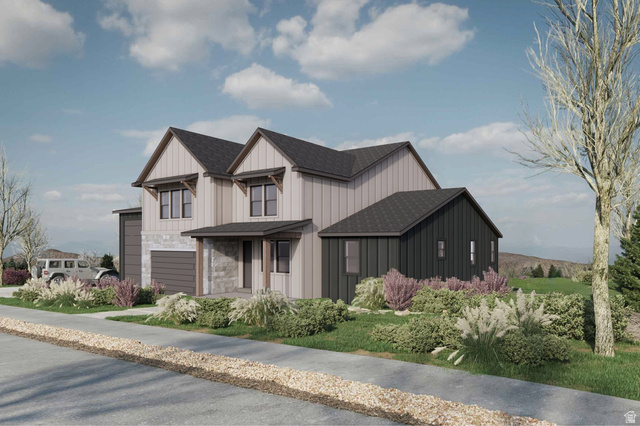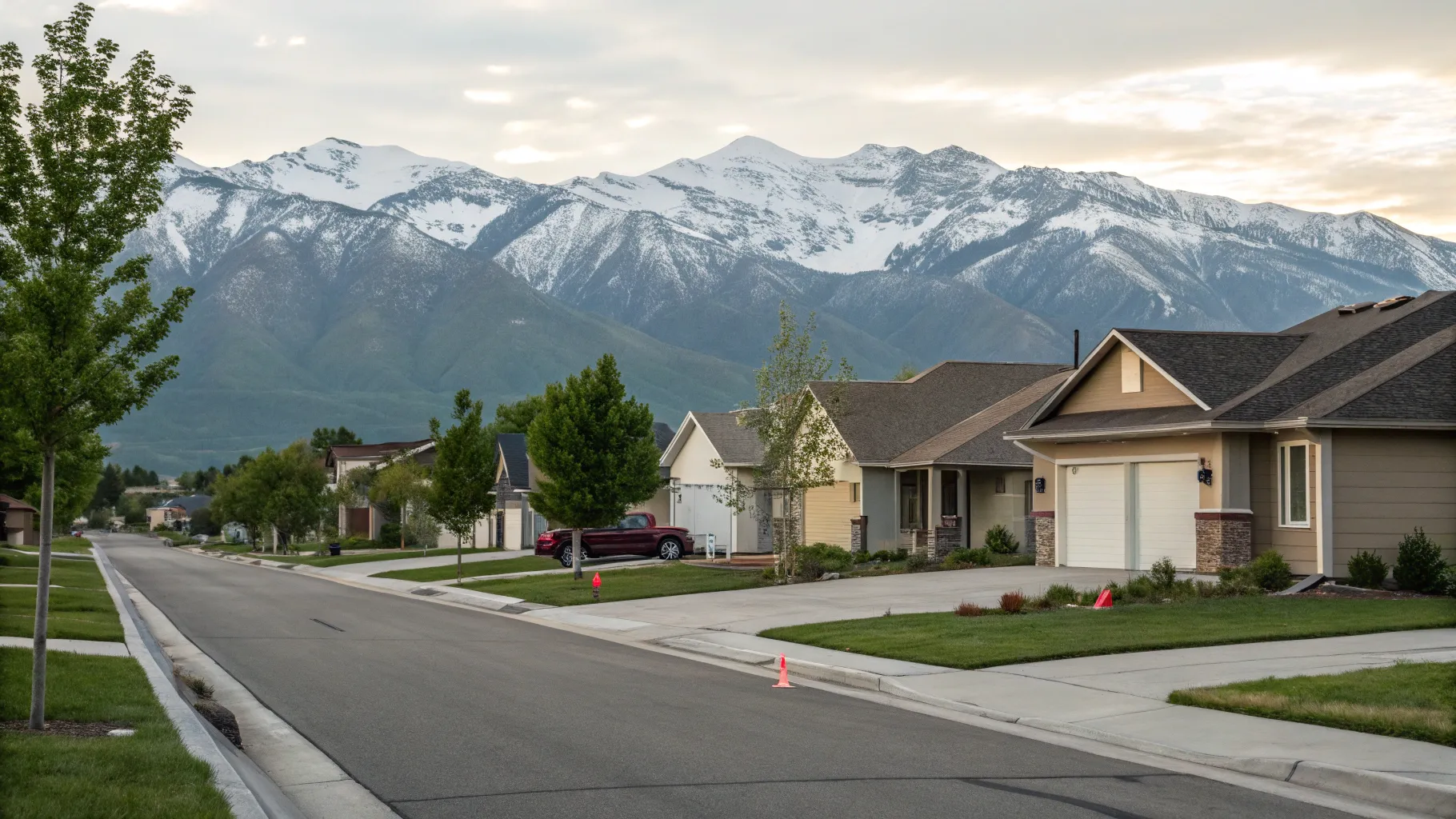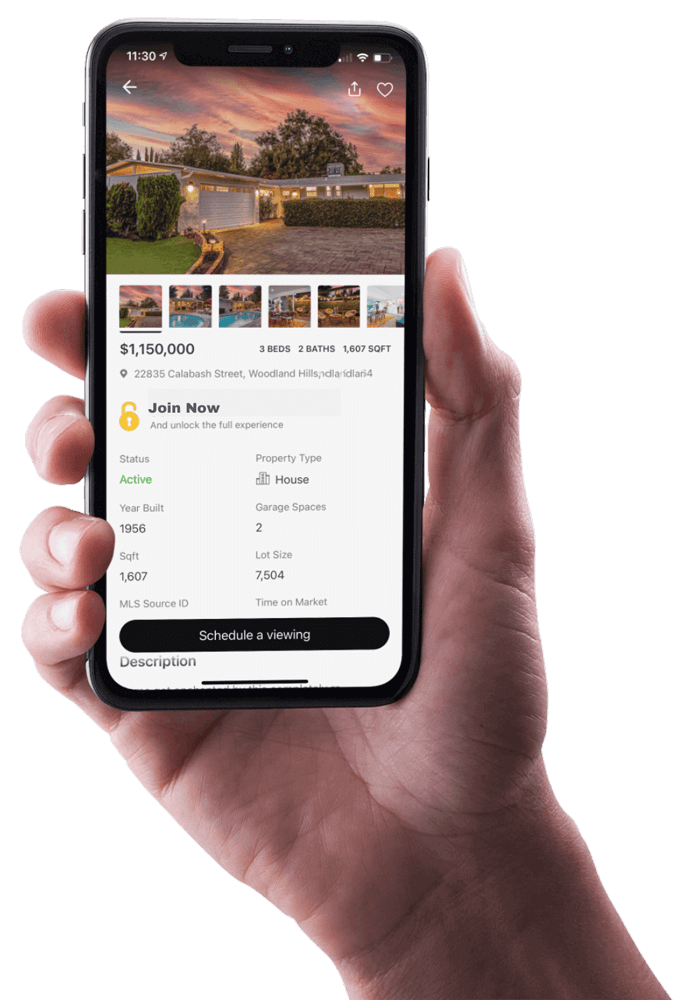
The August 2025 housing market update from BiggerPockets highlights a rapidly changing national picture—mortgage rates easing to the lowest levels of the year, rising inventory, and shifting seller behavior. For Utah buyers, sellers, and investors, these national dynamics carry direct consequences: improved affordability on paper, a growing buyer’s market, and localized opportunity that rewards discipline and market knowledge. This analysis translates the national data to practical insights for Utah real estate decision-makers, with actionable strategies tailored to Salt Lake City, St. George, Park City, and other key Utah markets.
Quick takeaways for Utah readers
- Mortgage rates have cooled to roughly the mid-6% range (around 6.5–6.6% 30-year fixed), bringing modest monthly savings versus January 2025 levels.
- Rising inventory nationally is creating a buyer’s market in many metros; Utah metros are feeling these effects differently by neighborhood and price tier.
- New seller listings that surged earlier in 2025 have flattened since late spring, which can moderate a deeper crash and instead produce a measured correction.
- Credit quality among mortgage holders remains high and foreclosures are near pre-pandemic norms—this reduces the likelihood of a sudden, widespread foreclosure crisis in Utah.
- Opportunities exist for disciplined investors who purchase properties that work at today’s rates and in strong Utah neighborhoods likely to outperform in the next expansion.
Why mortgage rates moved and what it means for Utah
Mortgage rates eased to the lowest point of 2025 after a softer-than-expected labor report and notable downward revisions to prior months’ job counts. Large bond investors often shift capital into U.S. Treasuries when growth concerns rise, pushing bond yields—and therefore mortgage rates—lower. This dynamic, rather than Federal Reserve announcements alone, is the primary driver of long-term mortgage costs.
For Utah buyers and investors, a mid-6% 30-year fixed rate yields meaningful monthly savings compared with early-2025 levels (roughly a half-point decline from ~7.1% in January). That improves affordability modestly and can revive purchasing activity in price-sensitive segments of markets such as the Salt Lake City suburbs and first-time-buyer corridors around Utah County. However, the decline in rates reflects increased economic risk sentiment; significant further declines likely require broader labor-market deterioration—an outcome nobody wants. In short: improved affordability without a guarantee of sustained downward trend.
Practical rule for Utah buyers and investors
- Buy only if the deal works at today’s rate. Do not assume rates will meaningfully drop later—structure offers and underwriting to withstand current mid-6% financing.
- If planning to purchase in the next three to six months, consider locking in a competitive rate during dips, but avoid speculative timing.
- Prioritize debt-service coverage and cash flow scenarios that tolerate small rate increases.
Inventory, new listings, and the emerging buyer’s market
Nationally, active listings are up around 9% year-over-year, signaling more homes for sale. Yet the number of new listings—the flow of properties hitting the market—rose earlier in 2025 and then flattened around May–June, now essentially flat versus last year. This distinction is critical: active listings reflect both supply and how quickly homes sell, while new listings measure the willingness of homeowners to list.
In Utah, market effects vary by metro and price tier. Salt Lake City’s listing inventory and time-on-market trends have softened in some neighborhoods, while resort and lifestyle markets such as Park City may remain more supply-constrained at premium tiers. The flattening of new listings indicates many homeowners are pausing to wait for better seller conditions rather than flooding the market—this behavior helps moderate the depth of any price decline.
Explore Utah Real Estate

5618 E SOUTH FORK RD, Provo, UT
$43,000,000
Bedrooms: 6 Bathrooms: 10 Square feet: 22,958 sqft

864 W SAPPHIRE SKY LN #546, St George, UT
$4,300,000
Bedrooms: 7 Bathrooms: 9 Square feet: 5,136 sqft

1700 W 2700 N #36, Pleasant View, UT
$230,000
Bedrooms: 4 Bathrooms: 2 Square feet: 2,100 sqft
Regional patterns and what to watch in Utah
National patterns show winners and losers: some metros (e.g., Cleveland, Montgomery County PA, Nassau County NY) are seeing strong year-over-year price gains and strong listing activity, while other metros (e.g., Oakland, West Palm Beach, Austin) face steeper declines. For Utah, the implication is not uniform pressure—different neighborhoods and property types will diverge:
- Core Salt Lake City neighborhoods: expect more buyer negotiation power in mid-range single-family and condo markets.
- Suburban growth corridors (Utah County, West Valley, South Jordan): watch for price stabilization as demand remains steady for family-oriented housing.
- Resort and high-end segments (Park City, Heber): supply tends to be tighter; these areas can outperform during corrections.
Local listing snapshots show substantial activity in many Utah city markets: Salt Lake City inventory and average list price dynamics matter for buyers and investors making neighborhood-level underwriting decisions—Salt Lake City’s average listing price sits near $878,732 according to current market portal snapshots, making deal selection and cap-rate discipline essential in higher-priced brackets.
Demand remains, but the market is rebalancing
Contrary to narratives of “no buyers,” mortgage application data shows modestly higher demand year-over-year nationally. In Utah, persistent population growth, strong employment centers, and in-migration continue to support underlying demand—especially among renters transitioning to homeownership. The correction is therefore primarily a supply-driven rebalancing rather than a total collapse of buyer interest.
Credit quality, delinquencies, and foreclosure risk
One of the most important stabilizers in the current cycle is borrower credit quality. Median borrower credit scores have remained elevated for years (commonly over 750), and subprime-style lending is virtually absent compared with the pre-2009 era. As pandemic-era protections expired, delinquencies and foreclosure starts returned toward pre-pandemic norms. Transition rates to delinquency sit near historical levels (roughly 1% in pre-pandemic quarters), and recent quarters show a leveling rather than an accelerating trend.
More Properties You Might Like

850 LAZY WAY #8, Francis, UT
$1,300,000
Bedrooms: 4 Bathrooms: 4 Square feet: 2,755 sqft

La Casa Cir, St George, UT
$575,500
Square feet: 14,391 sqft

7665 STERLING DR, Park City, UT
$6,100,000
Bedrooms: 5 Bathrooms: 6 Square feet: 4,975 sqft
For Utah, healthy borrower credit profiles reduce the near-term risk of large waves of forced sales. Unless unemployment spikes dramatically in the months ahead, foreclosures are unlikely to become a systemic driver of inventory in Utah markets. However, careful monitoring of local employment trends—particularly those tied to the tourism, construction, and tech sectors—remains prudent for investors and portfolio managers.
Debt types to watch
- Mortgage delinquencies: low and stable—primary housing market remains resilient.
- Credit card and auto delinquencies: elevated nationally and climbing in recent years; these could hint at consumer stress that eventually filters into broader credit performance.
- Other unsecured debt categories: rising delinquency here warrants monitoring but is less directly tied to immediate housing supply risk.
What this means for Utah buyers, sellers, and investors
Market participants should adopt a balanced mindset: the present environment combines risk and opportunity. The national forecast embedded in market signals suggests a modest correction, with national prices likely to slip into negative territory by year-end before finding a new balance. A full-blown crash—defined as a double-digit national decline driven by widespread forced selling—remains unlikely given current credit profiles and the flattening of new listings.
For Utah stakeholders, specifics matter. Neighborhood selection, pricing discipline, and conservative underwriting determine outcomes more than macro headlines. Properties purchased at conservative price points in stable neighborhoods, with realistic renovation budgets and conservative rental assumptions, stand to perform well when the cycle turns.
Action checklist for Utah buyers and investors
- Underwrite to today’s mortgage rates—structure purchases to perform at mid-6% financing or slightly higher to stress-test returns.
- Target properties that can be purchased below current comps (commonly via off-market deals, value-add renovations, or motivated sellers in under-performing micro-markets).
- Focus on strong neighborhoods with good schools, low crime, and consistent rental demand for buy-and-hold strategies.
- Maintain adequate reserves to carry properties through potential short-term vacancy or small market downturns.
- Monitor local employment trends (Utah tech, healthcare, and government sectors) and municipal-level inventory shifts for early signals of changing demand.
For those seeking Utah-specific listings or guidance, a local listing portal and market teams are available at https://bestutahrealestate.com. Additional authoritative resources for macro data include https://census.gov and https://utah.gov for demographic and economic context.
Conclusion
The national August 2025 update paints a picture of a housing market transitioning into a buyer’s market, with mortgage rates easing from their early-year highs and inventory rising. For Utah, these trends translate into modestly better affordability, more negotiation power for buyers, and a window of opportunity for investors who practice conservative underwriting and neighborhood-level selection. While prices may soften further before stabilizing, the combination of high borrower credit quality and the flattening of new listings reduces the risk of a sudden, catastrophic collapse. Utah market participants who remain disciplined, focus on durable neighborhoods, and underwrite to today’s realities will be best positioned to capitalize on the opportunities of this cycle.
Frequently Asked Questions
Q: Are mortgage rates likely to fall significantly from mid-6% in late 2025?
A: Further declines are possible but not guaranteed. Recent rate reductions were triggered by weaker labor data and bond-market flows. Significant further drops would likely require more pronounced economic slowdown or rising recession risk. Buyers should underwrite to current rates and avoid making purchases contingent on future rate declines.
Q: Is a foreclosure crisis expected in Utah?
A: No. Current borrower credit quality is strong and foreclosure and delinquency rates have mostly normalized to pre-pandemic levels. A foreclosure crisis would generally require a major spike in unemployment or a widespread deterioration in borrower credit that is not evident in current data.
Q: Should Utah investors be buying now or waiting for lower prices?
A: Opportunity exists now for disciplined investors who find deals that work at current financing conditions. Waiting for lower prices is a valid strategy, but timing the bottom is uncertain. Investors should prioritize transactions that meet conservative underwriting thresholds today rather than speculating on a deeper market decline.
Q: Which Utah markets are most resilient during a correction?
A: Core neighborhoods in Salt Lake City, stable suburban nodes in Utah County, and high-amenity resort areas like parts of Park City tend to hold value better. Resilience is a function of local demand, job access, and quality of housing stock—factors that matter more than macro headlines.














